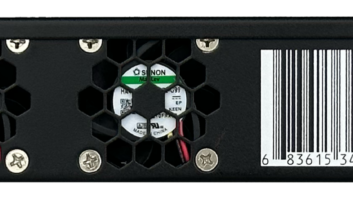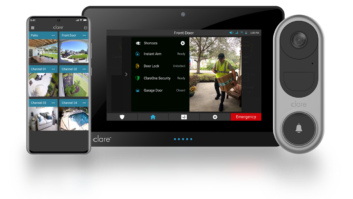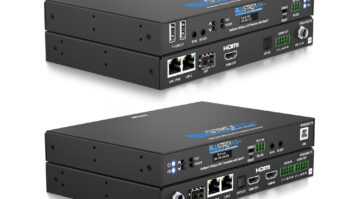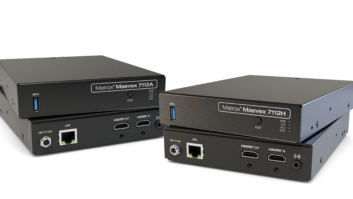LILIN Americas launched a new series of IP cameras featuring on-board Intelligent Video Surveillance (IVS) analytics, marking a significant milestone in the expansion of the company’s IP portfolio. Six cameras will make up the new LILIN IVS iMEGAPRO Series, including indoor and outdoor models in bullet, dome, and box form factors.

Part of the LILIN IVS iMEGAPRO Series.
“Cameras with on-board analytics create more manageable and versatile IP systems by processing the video analytics at the camera instead of using a typical recorder with built in analytics that takes up recorder processing power by individual camera channel,” said Joe Cook, Vice President and General Manager of LILIN Americas. “By incorporating this breakthrough technology into our IVS iMEGAPRO cameras, suspicious events or behavior will minimize the number of false alarms by focusing on specific events through the use of video algorithms processed at the camera. Having less false positive events recorded will speed up the review of events minimizing the time it takes to investigate alarm activity.”
The systems integrator is able to program the camera to send data over the network based only on specific IVS alarm events freeing up bandwidth on already burdened connections to remote sites that may require the use of a cellular or other low bandwidth network. LILIN IVS iMEGAPRO IP cameras analyze and evaluate video before it is transmitted to a recorder or stored into the cameras’ built-in SD card slot, therefore reducing storage costs and false positive alarm events.
By having the processing occur on an edge device, these model cameras provide a very cost-effective method of deploying video analytics. Easily configurable, the host of IVS intelligent functions include:
•Tampering detection to alert operators of camera vandalism or when adverse weather disturbs overall camera performance.
•Spectrum detection is designed for traffic light enforcement. It will detect when a light changes from green to red to help identify vehicles running the light at the intersection.
•Tripwire is the creation of a virtual fence around a user-selected area. When that virtual fence is crossed by a subject, it is detected by the camera and an alarm event is issued. Tripwire is ideal for where physical security is impractical or even impossible such as railway tracks and subway platforms.
•Advance Motion Detection/Edge Motion Detection: Traditional motion detection algorithms are performed by comparing two pictures’ color space, luma (Y) and chrominance (UV). Because this approach can be affected by light source changes, false alarms may occur. For example, switching IR from color mode to black-n-white mode may lead to a false alarm event. However, with LILIN’s new edge motion technology, detection uses a four-pass filter for separating motion objects and has proven to be more accurate. Plus, time of motion in a given direction can be detected by simply drawing an arrow on the video.
•People/Object counting detects when an object enters or exits a specified area of interest from any direction within the camera’s field of view. This is valuable when information is needed about the number of people or vehicles in an area of interest, or to learn the length of time a person spends in that area to identify loitering. People / object counting has been used for marketing purposes at retail outlets to study the patterns of the retail shopper for focus products on sale.
•Additional built-in engines provide alarm detection, motion detection and audio detection.







